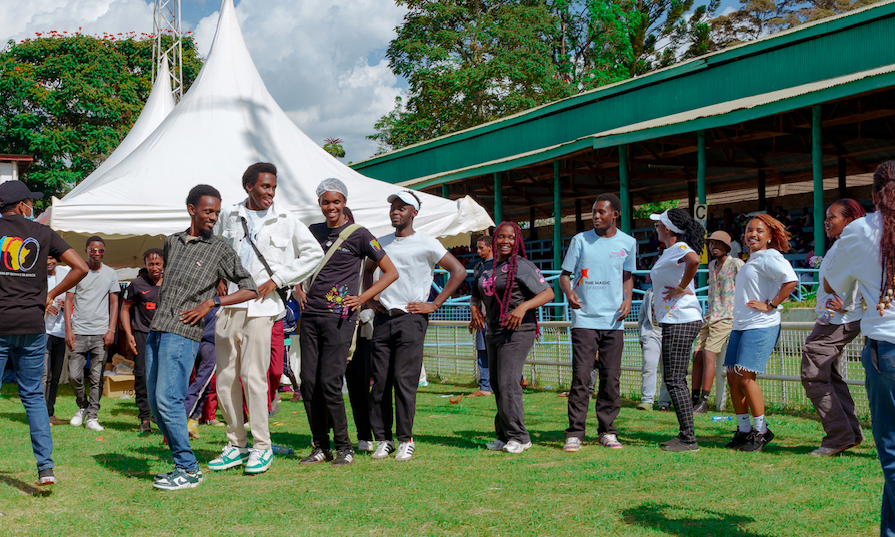 Participants at the Rotary's Sunshine rally at the ASK Jamuhuri showground.
Participants at the Rotary's Sunshine rally at the ASK Jamuhuri showground.
For children living with disabilities in many parts of the world, the simple joy of a day spent under the warm embrace of the sun is a rare and often missed luxury.
Hidden away due to societal stigma or lack of accessible spaces, these children and young people often miss out on the carefree play moments that define childhood.
However, for four decades now, an anticipated annual event has become a beacon of hope shining brightly and allowing the children to have fun and engage with their friends through the Sunshine Rally.
The Sunshine Rally is more than just a single day of joy—it sparks a year-round commitment from Rotary clubs to support children with disabilities in meaningful, tangible ways
This year, the Sunshine Rally was held at the ASK Jamuhuri
showground, bringing together about 8,500 children to enjoy the sun, dance,
music, art, and play.
The 43rd Sunshine Rally coordinator, Peter Kanake, noted that the legacy project, which has now become a popular, cherished project since it began in 1979 through the vision of philanthropist and Rotarian Manu Chandaria, who started the event as a heartfelt tribute to his brother living with a disability.
Two years later, in 1981, Rotary adopted it as an official
project during the UN year dedicated to the physically challenged.
Rotarians from various clubs across Kenya, as part of District
9212, united to organize this special day where children with disabilities can
come out, play, and experience immense joy.
Close collaboration with local authorities ensures all necessary
permissions are secured. They also help provide transportation to and from
schools and meals for the children throughout the day.
These projects span various needs, aligning with Rotary's seven
areas, including maternal and child health care, education and literacy, and
water and sanitation. The Sunshine Rally has also
expanded regionally, with Rotary clubs in other parts of Kenya organizing their
own editions to serve children within their communities—helping to reduce the
burden of cross-county travel.
To make the rally more engaging and inclusive of all the various disabilities among the children, Rotary International District 9212 involved other partners who brought the world of play onboard to provide more play and engagement to children who would otherwise not appreciate the music and dancing.
"Our traditional way" of entertainment was music, dance, and singing, which only revolved around volume. We thought that those with hearing impairment would feed off the vibration, but we were made aware that the entertainment was not inclusive based on the various sensory requirements of the children."
According to Mercy Wanza, a program officer at Clinton Health Access Initiative (CHAI), several experts from different institutions were involved in this year's rally to promote year-round interventions for children with various disabilities.
These included experts from the Kenya Society for the Blind,
Kenya Society for the Deaf, Ministry of Education, Ministry of Health, Kenyatta
National Hospital, Kenyatta Teaching and Referral Hospital, Association of Play
Therapists Kenya, and Speech and Language Therapists from Mombasa and Eldoret,
among others.
Wanza expressed hope that the rally would be more inclusive in the future, tailored to the various needs of the children to ensure they are stimulated and supported to engage
While
there are no immediate plans to expand the event due to its complex logistics,
the lasting impact of the rally and the ongoing projects it inspires continue
to provide vital support and recognition to these deserving children.








